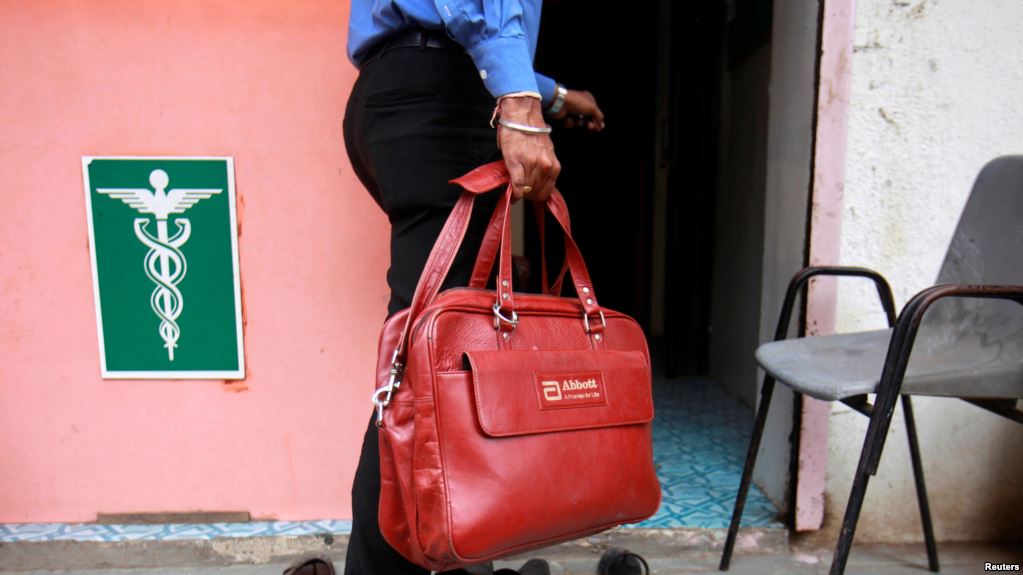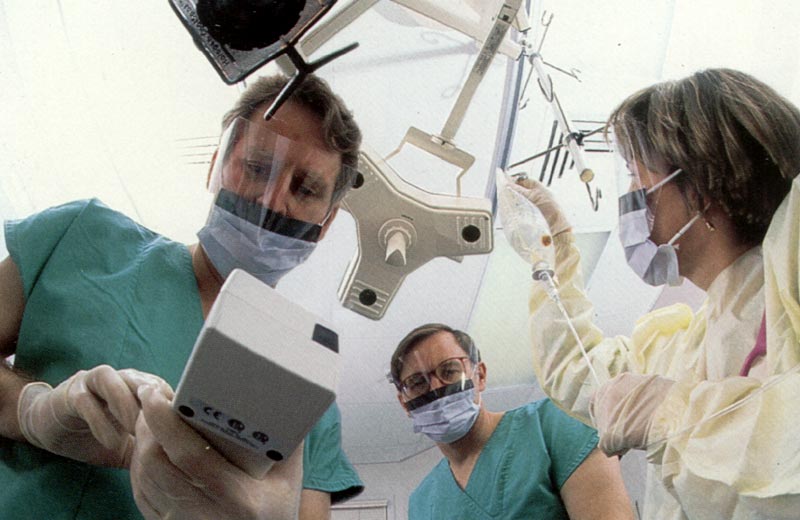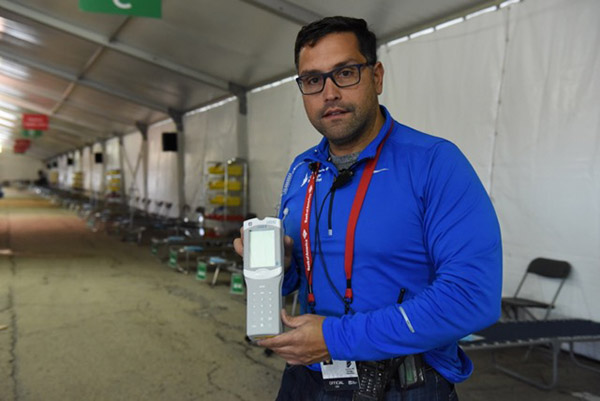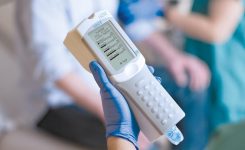Blog
How i-STAT Supports Healthcare Providers Across the Globe
Abbott Laboratories’ i-STAT has become a worldwide leader in point-of-care diagnostics over the years. The widespread use of the i-STAT system proves that its functionality and convenience knows no bounds. With i-STAT’s extensive test menu, speed, and portability, countries across the globe have maximized what it means to utilize a true point-of-care technology.
Cost-saving in Germany
For Augsburg Hospital’s ER department, overcrowding is a rising concern. With an average of 200 patients coming in daily (roughly 70,000 visitors per year), the staff had to constantly face their limitations in man power, treatment area, and equipment. Recent reports observed that their ED visits increased by at least 7% to 10%. This may be due to the growing numbers in the elderly population in Europe.
Length of stay is a considerable factor in crowd control. With majority of the patients suffering from non-specific chest pains, troponin tests are in high demand. Before i-STAT, it took Augsburg Hospital’s Central Lab around 42 to 121 minutes to perform a troponin test. Aside from the lengthened stay, this also meant increased waiting times for patients, stressful working situations, and higher costs caused by additional staff and overtime payments.
The installing of i-STAT greatly reduced the previous daily peak of 40 patients to 33 patients. It also saved them about €62,208 worth of staff cost per year for troponin tests alone. The need to construct another treatment area has been consequently avoided, providing the hospital a significant amount of saved cost.
Real-time Results in the United States
During one of 2018’s most-awaited races, the Boston Marathon runners were physically pushed to their limits. That is why a volunteer team of 1,700 health practitioners had set-up a fully furnished medical tent to readily tend to any emergencies. One of their most useful instruments? The versatile handheld device, i-STAT.
With just a couple of blood drops, the i-STAT system can quickly test electrolytes (particularly sodium levels) and cardiac markers that help diagnose heart attacks. The device also detected hypernatremia and dehydration easily. “The ability of the i-STAT to promptly deliver reliable test results in a matter of minutes helps the medical team triage, diagnose, and monitor runners that come into the tent,” said Dr. Paul Jarvis of Abbott’s POCT diagnostics. “Before the i-STAT, runners would have to sit out until they felt better. Being able to treat them quickly may help get them back onto the course so they can finish their race.”
Versatility in India
Due to Abbott’s notable attention on the Indian market, the country’s various healthcare sectors were able to benefit from i-STAT’s features. Four years ago, India’s Defense Research and Development Organization (DRDO) provided a couple of handheld i-STAT devices to check the blood parameters of Saichen base’s soldiers. Last year, Goa became the first Indian state to integrate the i-STAT into their public healthcare system.

“The i-STAT gives results in just two minutes,” the health minister Vishwajit Rane promoted at a press conference. He added that this new advancement will help the state in saving lives. With India focusing on patient care outside the hospital, the i-STAT’s portability proves to be a great asset. Citizens from high altitudes and remote areas can now have access to immediate lab-quality diagnosis.
Accessibility in Australia
From Australia’s extreme geographic diversity emerged a serious impediment to the government’s healthcare provision. Its Northern Territory in particular proved to be challenging due to its isolation and significant distance from hospitals. The general health and life expectancy of people in remote areas are significantly lower than those in the metropolitan. Conditions were further worsened by the collapse of regional air services in 2007.

This prompted the NT Department of Health to implement the region-wide POCT program, establishing the NT POCT Management Committee to oversee it. Now, all hospitals and healthcare units within the Northern Territory are able to respond to immediate emergencies with i-STAT. The device is also capable of distinguishing patients requiring air travel from those that only need bedside attention. This positively affected the cost of travel and hospital stay.
Australia’s state-regulated widespread i-STAT usage firmly established its niche in rural healthcare. Now a staple in the country’s remote clinics, the i-STAT equips the NT healthcare providers with a more comprehensive diagnostic capability.
Learn more about the i-STAT and its features through our i-STAT Product Page. To experience the benefits of the i-STAT firsthand, you can contact us through (02) 806-9267 for a product presentation.
Sources
Clinical and Economic Effects of the i-STAT POCT Solution
i-STAT in the Medical Tent
Impact and Benefits of Abbott i-STAT Handheld Device on Indian Healthcare System
New Diagnostic Tool at GMC to Provide Instant Test Results
Abbott Strengthens Point-of-Care Business
Design, Implementation, and Initial Assessment of the Northern Territory Point-of-Care Testing Program










